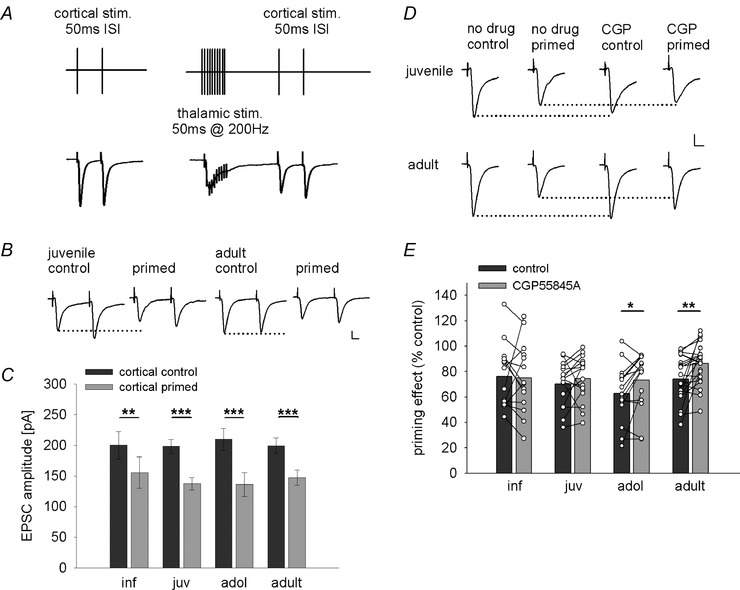Figure 8. Developmental regulation of heterosynaptic inhibition of cortical inputs onto LA principal neurons .

A, scheme depicting experimental design and stimulation protocol, and example traces of heterosynaptic inhibition of cortical EPSCs induced by priming burst stimulation applied to the thalamic pathway. B, example traces of EPSCs from juvenile and adult mice evoked by paired‐pulse stimulation (50 ms inter‐stimulus interval) under control condition and after thalamic burst simulation (primed) illustrating heterosynaptic depression in both age groups. Scale bar: 50 pA, 10 ms. C, mean data of cortical EPSC amplitudes under control condition (cortical control, dark grey bars) and after thalamic burst stimulation (cortical primed, light grey bars) in different age groups. Mean EPSC amplitudes, number of recorded cells, and post hoc statistics are shown in Table 4. D, example traces of EPSCs from juvenile and adult mice under control condition and after thalamic burst stimulation (primed) in the absence and presence of the GABAB receptor antagonist CGP55845A illustrating the differential block of heterosynaptic priming in adult vs. juvenile mice. Scale bar: 50 pA, 10 ms. E, single cell and mean data showing the effect (as a percentage of control) of thalamic burst stimulation on cortical EPSC amplitudes under control condition (dark grey bars) and after application of the GABAB antagonist CGP55845A (light grey bars). Mean EPSC amplitudes, paired‐pulse ratios, number of recorded cells, and post hoc statistics are shown in Table 4. *P < 0.05, **P < 0.01, ***P < 0.001.
